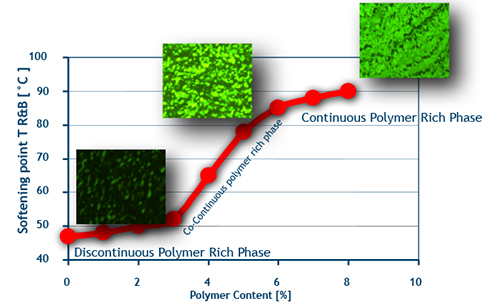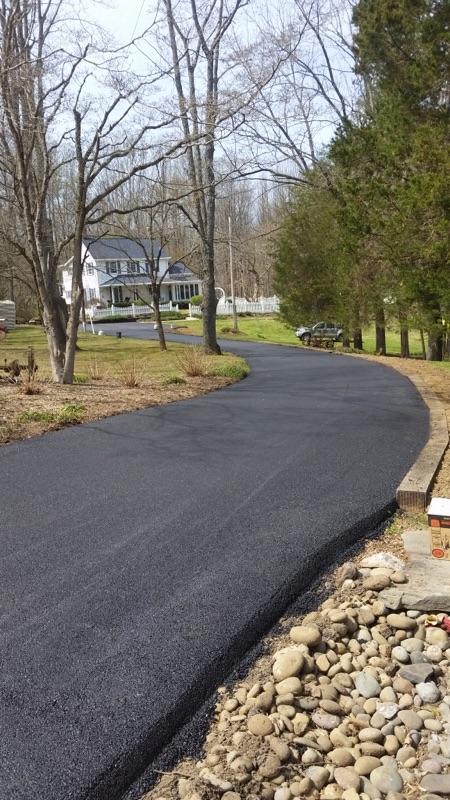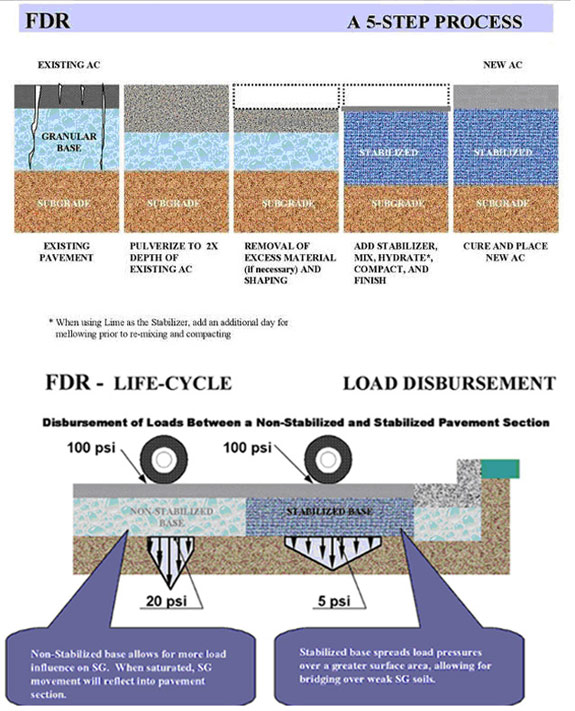Rubberized asphalt is a term applied to asphalt with less than 15 percent by weight rubber content for example terminal blends that may have rubber contents of 5 percent or less.
Rubberized asphalt disadvantages.
However it is primarily found on roofs for commercial businesses.
However this can be improved by the incorporation of desulfurized rubber powder.
These 60 mil thick membranes are composed of rubberized asphalt laminated to a waterproof polyethylene film.
Resurface with rubberized asphalt concrete cold mill 1 inch add 2 1 2 inch rac.
A higher in place cost is one of the main disadvantages of sheets.
This study examined the swelling principle of desulfurized rubber asphalt dra.
The cost of the material itself is likely to be greater on a square foot.
Ge 2 1 2 x 1 9 x 2 18 8 1 4 26 9.
Another waterproofing material is rubberized asphalt.
Similar in concept to glasphalt it uses a proportion of crumb rubber to replace part of the aggregate.
The improvements using rubber modified asphalt include decreased thermal cracking potholing deformation reflective cracking and ice formation and have extended road life up to three times longer than normal asphalt.
It is now enjoying high popularity.
This material works great for keeping your home protected from the elements.
In addition it evaluated the performance of dra fabricated with various rubber powder.
Being the largest market for ground rubber rubberized asphalt consumes an estimated 220 000 000 pounds or around 12 million tires annually.
Rubber from scrap tires or other sources is grinded and blended with asphalt cement to beneficially modify the properties of asphalt forming rubber modified asphalt binder asphalt rubber binder or used as a aggregate substitute in an asphalt concrete paving mixture.
Adding 4 inches to the existing roadway elevation may not be practical.
This rubber comes from grinding up recycled tires otherwise headed for the landfill.
790 11 hot rubberized asphalt is best for two specific applications.
Asphalt rubber binder typically exhibits disadvantages like segregation and high viscosity.
That number is expected to grow more and more states are starting to see the benefits of rubber in asphalt and recently have been taking on the old technology and mastering the process.
Chemical approaches for the preparation of rubberized asphalt utilize chemical methods and chemical characterization to mitigate the disadvantages associated with rubberized asphalt.
In the last decade a number of states and federal agencies have run tests on its durability.
Crumb rubber also referred as ground rubber is one of several available asphalt binder modifiers.
Early projects the ar that phoenix used consisted of crumb rubber or ground up used tires mixed with liquid asphalt binder.










